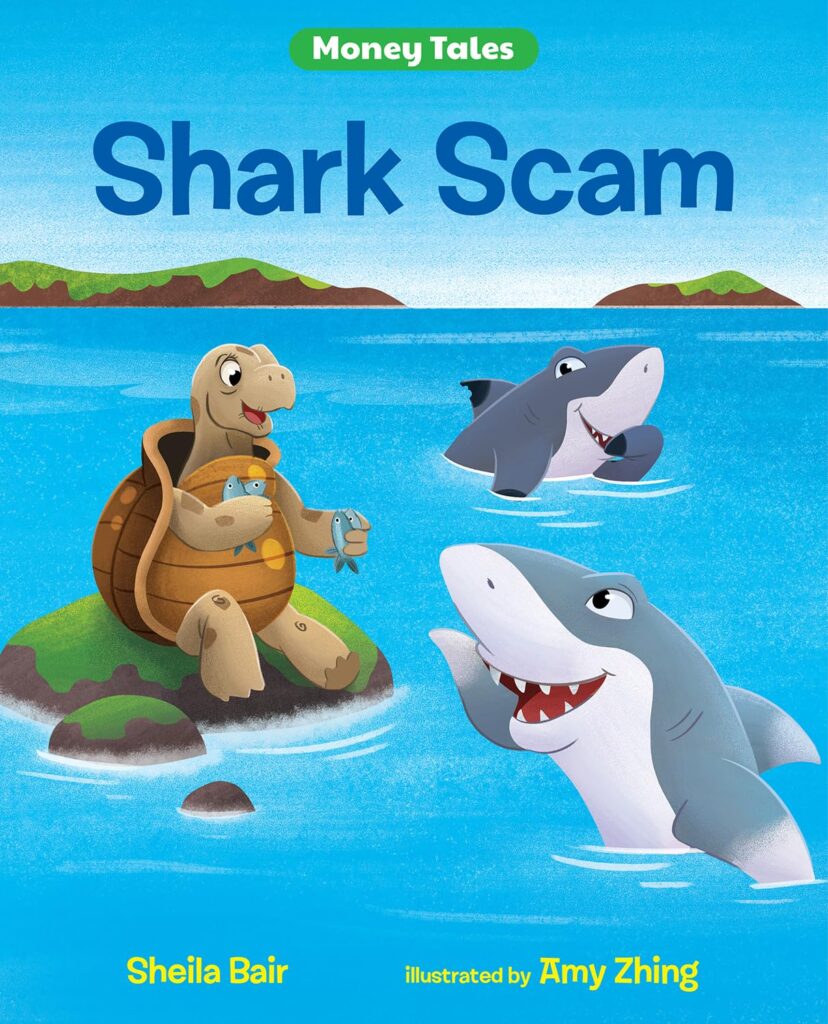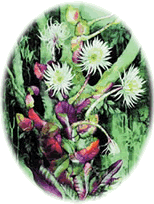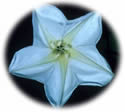
Content Partner
Grades 3-5

Don't have an account yet? Sign up for free
Don't have an account yet? Sign up for free


Margaret Mee (1909-1988) was a botanical artist who often traveled up the Amazon River alone in search of rare flowers to collect and paint. Even at the age of 79, she planned to return to the Amazon for another excursion. On Thanksgiving Day in 1988, Ms. Mee was interviewed on the MacNeil-Lehrer NewsHour; she fascinated the television audience with her accounts of her travels. Tragically, she was killed in an auto accident less than a week later. Even after her death, however, she is still having a profound impact on the preservation of rare flowers in the rainforests. In this lesson, you will learn how Mee’s activities are helping markets save the rare moonflower.
(image courtesy of Margaret Mee’s Amazon by Antique Collector’s Club)
In this lesson you will describe how markets can be used to preserve rare flora and fauna. Also, given a resource, identify its alternative uses.
Activity 1
Go to the Hunt Institute for Botanical Documentation for a complete transcript of Margaret Mee’s final interview.
Answer these questions based upon the interview above:
Activity 2
View https://svs.gsfc.nasa.gov/vis/a000000/a002000/a002096/index.html of deforestation around Santa Cruz, Bolivia.
 Make general observations about the satellite images of the region for 1984 and 1998. The forests are indicated by green regions; deforested areas are indicated by reddish-brown areas. (Note: It is not necessary to click on the links to the other image files or the Quicktime movie. They take a long time to download.)
Make general observations about the satellite images of the region for 1984 and 1998. The forests are indicated by green regions; deforested areas are indicated by reddish-brown areas. (Note: It is not necessary to click on the links to the other image files or the Quicktime movie. They take a long time to download.)
Activity 3
Use the Amazon Boat Trip article to complete this Activity.
Activity 4
This lesson outlined the concepts of markets and natural resources while discussing the experiences of Margaret Mee. Rare flowers, such as the moonflower, have benefited from the activities provided by markets which are helping preserve their existence.

Content Partner
Grades 3-5

Grades K-2, 3-5

Grades K-2, 3-5

Grades K-2
